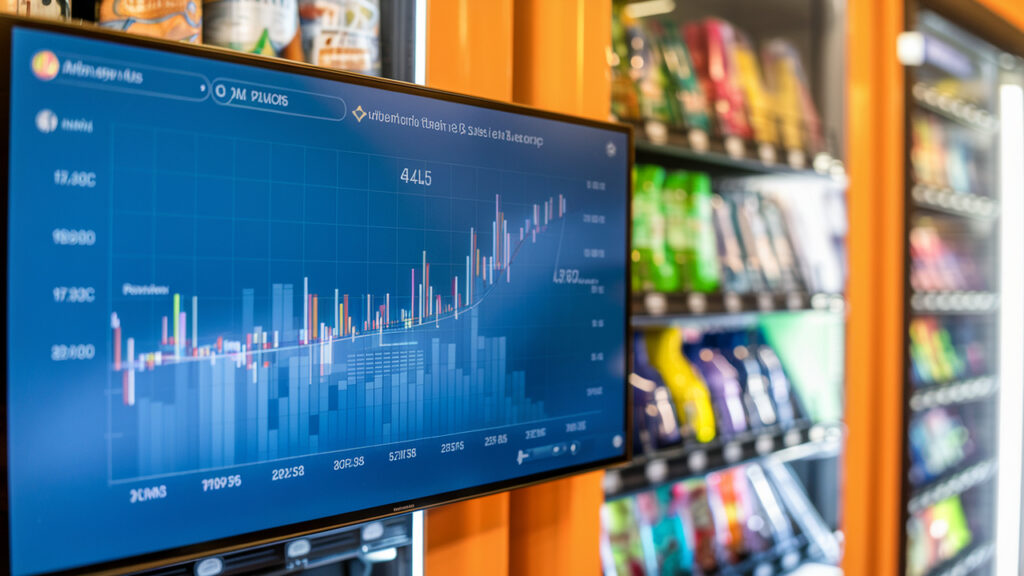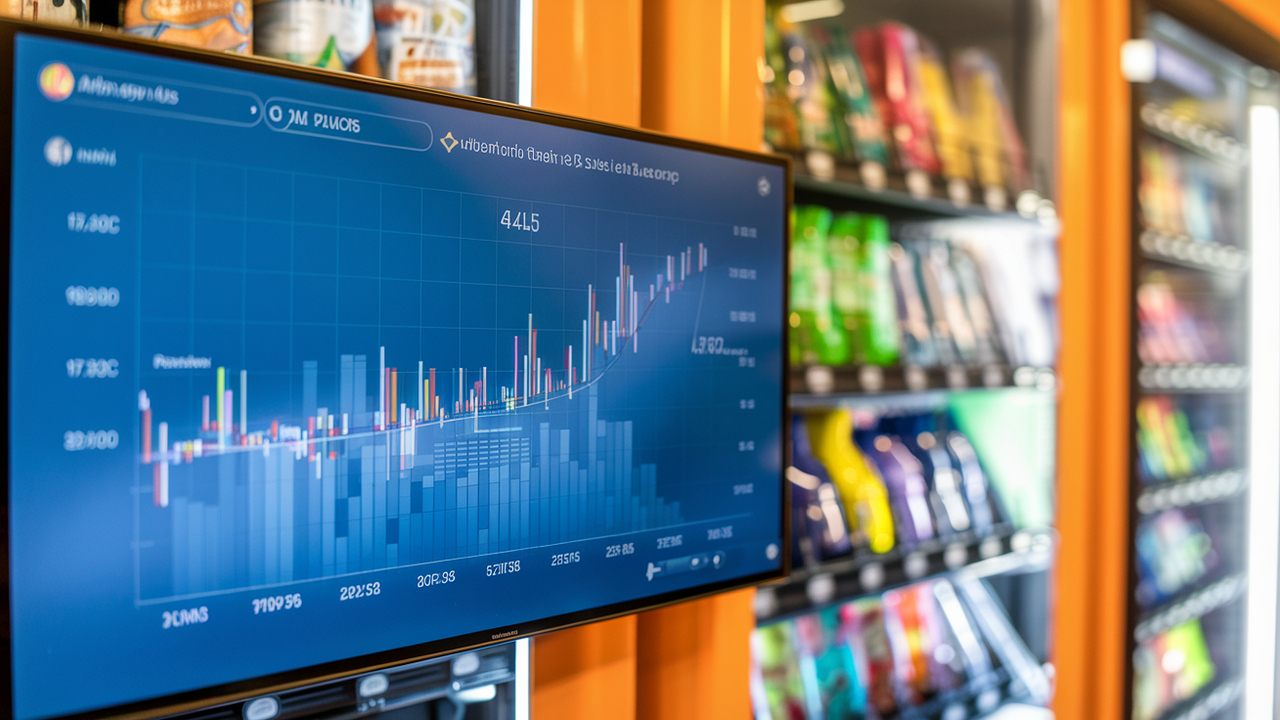How to Track Sales and Profit from Vending Machines (Free Tools)
When I first got into the vending business, I was making sales—but I wasn’t really sure how much I was profiting. I had no system, no tracking sheet, and no real way to know what was working and what wasn’t. It wasn’t until I started using a few simple free tools to track my vending machine income and expenses that I finally began to grow my business with confidence.
In this guide, I’ll show you exactly how I track sales, inventory, and profit from vending machines using free apps and templates—no expensive software or subscriptions needed.

Table of Contents
Why Tracking Sales Is So Important
If you’re not tracking your sales and expenses, you’re flying blind. I’ve made the mistake of assuming a location was doing great—until I checked the numbers and realized I was barely breaking even after product cost, gas, and restocks.
When you track properly, you’ll know:
- Which products are top sellers
- Which locations are most profitable
- When you’re running low on stock
- What your real monthly profit is after expenses
And the best part? You don’t need to hire an accountant or buy fancy software. You can do this for free with a few reliable tools.
Tool #1: Google Sheets (or Excel)
I started with Google Sheets, and to this day, it’s still the tool I use the most. You can track every machine, every restock, and every expense in one spreadsheet. It’s cloud-based, free, and accessible on your phone while you’re out on your vending route.
Here’s what my main tracking sheet includes:
- Date of restock
- Location name
- Products sold (with quantities)
- Total cash and card collected
- Product costs
- Net profit per visit
- Mileage or gas used
I use formulas to automatically calculate profit per trip, monthly totals, and even profit per product. Once it’s set up, it becomes super easy to maintain.
✅ Want a free template? I can create a downloadable one if you’d like.
Tool #2: Google Forms for Quick Entry
When I’m in a rush, I use a simple Google Form on my phone to log vending machine visits. I created a form that asks:
- Which location did I visit?
- How much cash/card was collected?
- What did I refill?
- Any issues or jams?
- How much did I spend on products today?
After I submit it, all the data automatically logs into my Google Sheet. This saves time and ensures I don’t forget key numbers when I get home.
Tool #3: Square Reader or PayRange Dashboard
If you use card readers like Square, PayRange, or Nayax, most of them offer free dashboards that show your sales in real-time. I personally use PayRange on a few machines, and the dashboard gives me:
- Hour-by-hour breakdowns
- Top-selling items
- Total weekly and monthly earnings
- Alerts when machines are low on stock
You can use this data to compare it to your Google Sheets and make better decisions about where to move machines or what to stock.
Tool #4: Wave Accounting (Free Bookkeeping)
For more organized tracking—especially come tax time—I use Wave. It’s a totally free accounting software that lets me:
- Track vending income by location
- Log product and mileage expenses
- Categorize purchases
- Generate simple profit/loss reports
Wave is 100% free and works really well for small vending businesses. If you want to keep your vending business separate from your personal expenses, this tool is a lifesaver.
✅ Try Wave Free Accounting Software
Tool #5: Notion (Custom Dashboard)
If you want something more visual, Notion is a free app that lets you build dashboards. I created one to track:
- Monthly profit goals
- Inventory checklists
- Maintenance logs
- Machine issues
- To-do lists for restock days
I love using Notion because I can organize everything in one place and access it on desktop or mobile. It’s great if you’re managing multiple machines or starting to scale.
Don’t Forget to Track These Key Metrics
No matter which tool you use, make sure you’re tracking:
- Gross sales (cash + card)
- Cost of goods sold (COGS)
- Gas/mileage
- Net profit per trip and per month
- Restock frequency
- Top-performing products per machine
Once I started tracking these, I quickly figured out which machines to double down on—and which ones to retire.
Final Thoughts
When I started tracking my vending machine profits the right way, I finally stopped guessing and started growing. Whether you’re managing one machine or ten, using these free tools to track sales and profit gives you clarity, control, and the ability to scale smart.
You don’t need to pay for premium software—Google Sheets + PayRange + Wave can take you a long way. Set it up once, make it a habit, and you’ll know exactly where your vending business stands at all times.
One of the most useful things I’ve done is break down my profits by machine and by product category. For example, I track how much profit each machine made in snacks versus drinks. Over time, I noticed certain machines performed better when I focused more on drinks—especially in warmer climates or locations with foot traffic in the afternoons.
If you’re running a mix of machines across multiple towns, tracking mileage per trip can be eye-opening. I didn’t realize how much I was spending on gas until I started logging miles per route. Eventually, I restructured my weekly restock schedule to save time and fuel—and instantly saw more net profit.
In some locations, you may even want to track hourly or daily performance. One of my machines near a gym had clear sales spikes between 6–8am and again after 5pm. Knowing that helped me schedule restocks better and make sure I never ran out during peak hours.
Tracking is also super helpful when you’re trying to decide whether to move a machine. If a location is only bringing in $30/month after expenses, it’s not worth it. You might not realize that until you put the numbers on paper. I’ve moved machines that weren’t working and seen profits triple in the new spot.
One mistake I made early on was not tracking waste or spoilage. If you stock fresh food or temperature-sensitive items, it’s important to log any expired or unsold products you throw out. Even small losses add up and eat into your monthly profits if you’re not careful.


2 thoughts on “How to Track Sales and Profit from Vending Machines (Free Tools)”